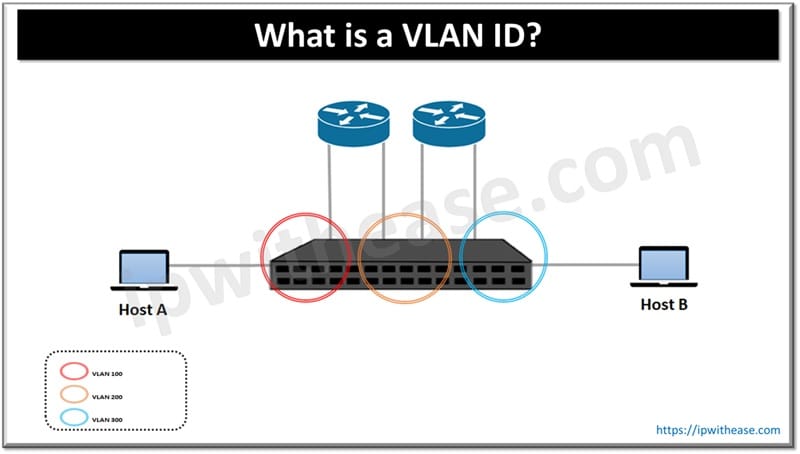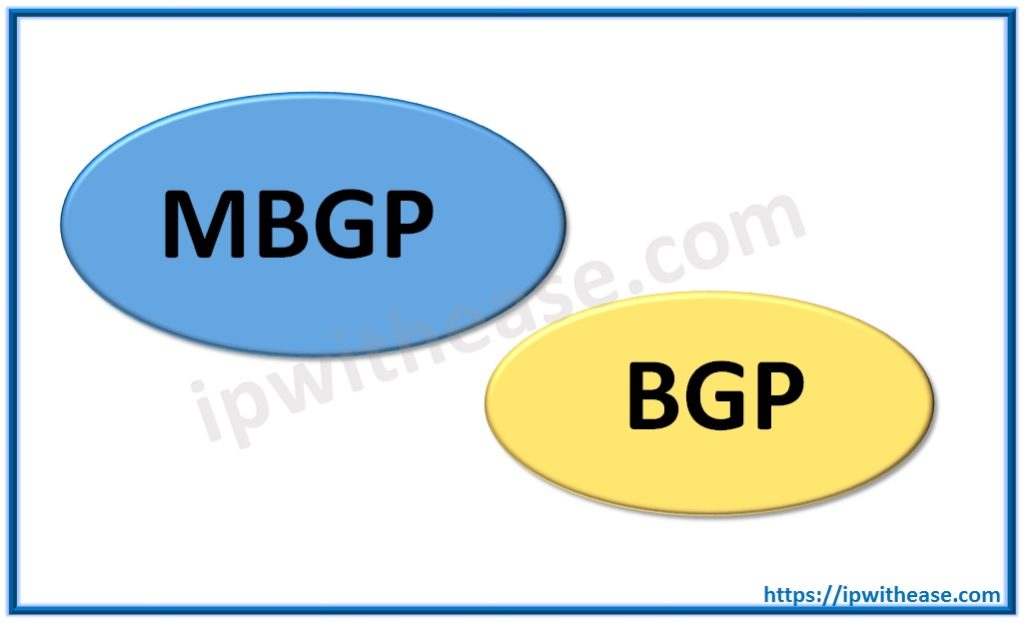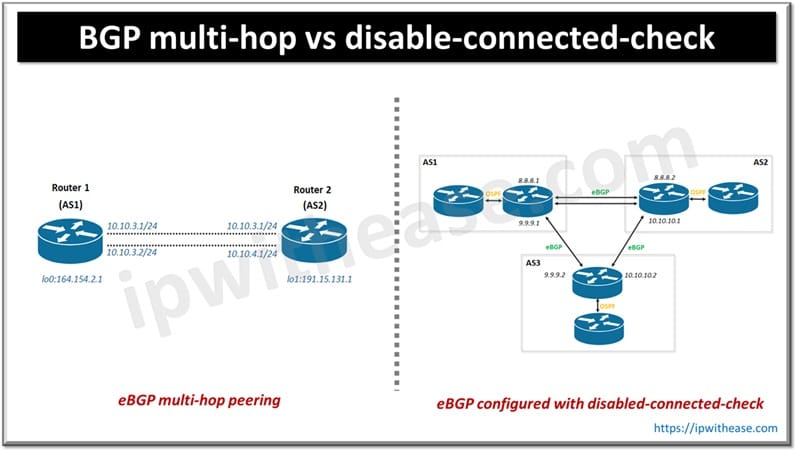
The supervisor engine redundancy in catalyst switches is one of key consideration while designing and deploying high availability solutions in Data Centre and Enterprise setups. These engines are critical to the network and any impact to Supervisor engines can hit the organizations revenue making it even more essential. The Catalyst 4500 and 6500 series of switches do provide options for redundant Supervisor Engines.
Switches can run multiple route processors (supervisors) in 3 modes:
- RPR (Route Processor Redundancy)
- RPR+ (Route Processor Redundancy plus)
- SSO (Stateful Switchover)
While RPR was the 1st one to be introduced, RPR+ came in later and the latest offering was SSO.
With RPR, the backup supervisor engine is partially initialized and must reload every switch module after the primary engine fails. The backup supervisor engine does not have Adjacency Table table synchronized and hence need to rebuild all table from scratch. In fact, failover time is also high – 2-4 minutes
With RPR+ the standby engine remains fully initialized and configured, this shortens the failover time (30-60 seconds) if the active engine fails. If the image on the standby engine does not match the image on the active engine then RPR is used instead of RPR+.
The latest offering is SSO. With SSO, the backup supervisor engine is completely initialized and layer 2 information is synchronized with the primary engine. Hence Failover takes 2-4 seconds.
Further, below table enumerates the difference between RPR, RPR+ and SSO –

ABOUT THE AUTHOR

You can learn more about her on her linkedin profile – Rashmi Bhardwaj



